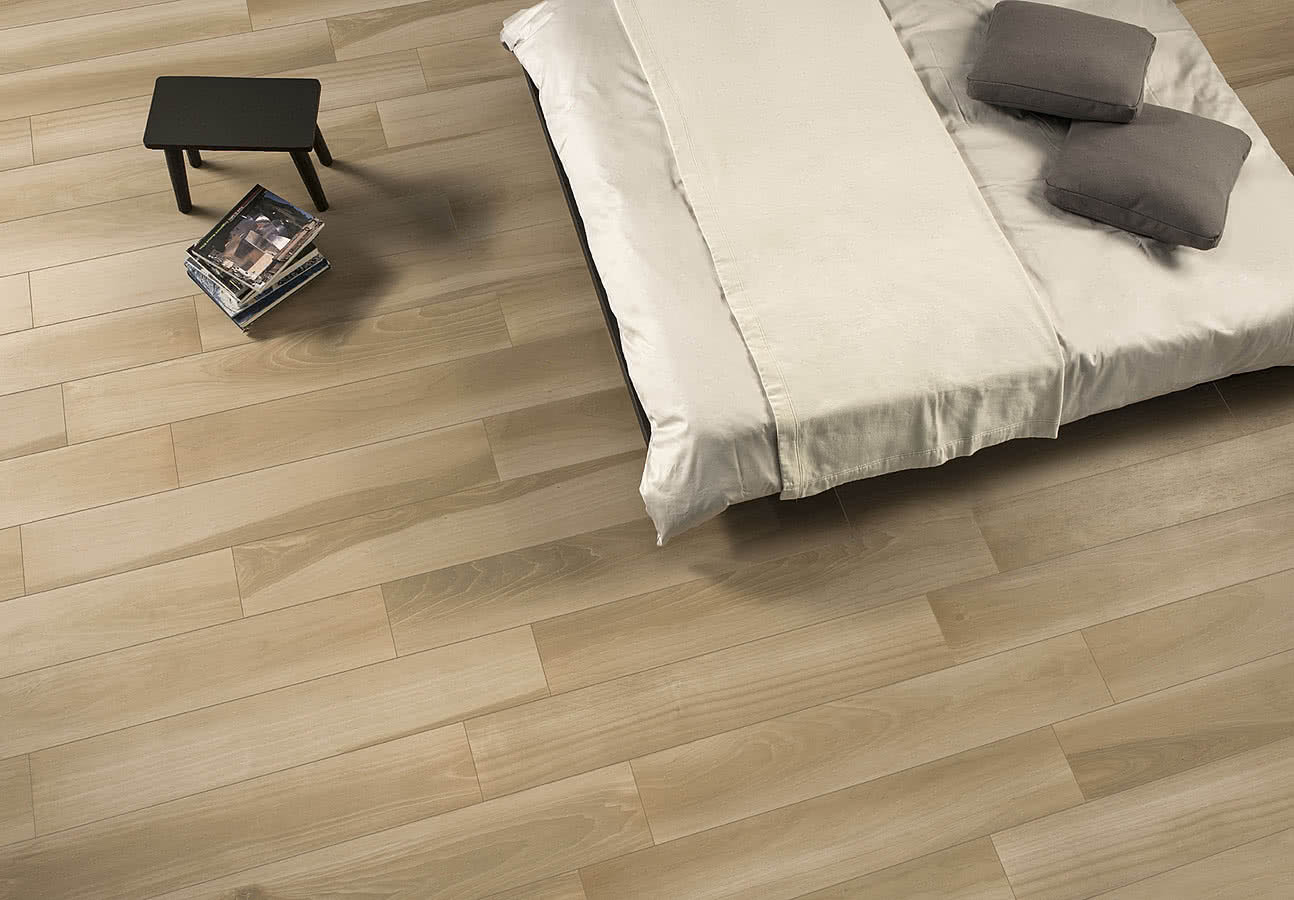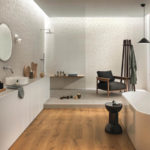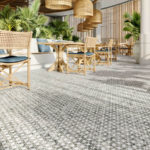A parquet floor is much more than just an attractive look and feel. This is usually a flooring that is made from quality raw materials that can offer you a number of benefits, including:
Stability and durability
Durability, stability and rigidity – are features that characterize quality parquet flooring. This is because the parquet consists of a stable middle layer in all dimensions, usually with a high quality HDF (high-density fiberboard), which stabilizes the cover layer and makes it sensitive to pressure.
Parquet floors are quite durable and usually do not fall victim to everyday wear and tear. The use of wood makes the parquet very strong. Parquet flooring can last even fifty years or more, without the need for any major renovation or renovation.
Quiet
Quality parquet flooring reduces noise because it is based on the principle that the greater the mass, the less vibrations there will be. Therefore, choose a parquet whose net weight will increase by about 50% because of the use of a middle layer made of HDF. The result is – much less vibration, less noise in the room, and ultimately more peace and quiet.
Easy to install
The parquet flooring can be installed easily, quickly and safely. There are innovative installation systems that ensure maximum installation comfort, perfect fit and sealed joints forever. In any case, it is possible to use the services of a skilled professional and ensure the installation of parquet flooring that will last for many years.
Living in a healthy environment
Choose parquet that is made from a natural product. Such parquet regulates humidity and ensures healthy air. The simple cleaning and care of the parquet floor makes this type of flooring particularly hygienic. When choosing parquet, make sure that it is made from carefully selected raw materials and have been regularly tested by authorized laboratories.
Ecological and protects the environment
Choose parquet that allows you to make an active contribution to environmental protection. For example, parquet that is only partially made of natural wood, compared to solid wood flooring. This is possible because of the perfect combination of a thin layer of real wood from above and a middle layer consisting of HDF.
Saves energy
Because of the middle HDF layer, the thermal resistance of the parquet is lower. As a result underfloor heating will not cause a large loss of energy. This makes the parquet not only very comfortable to use, but also improves heating costs.
diversity
There are many types of finishes, in different colors and textures. Therefore, you can easily match the parquet floor to the design of the entire room.
A beautiful sight
One of the most important factors to consider when deciding on the type of flooring, is the final look. The parquet has an attractive and sophisticated appearance. Parquet has a unique look that is difficult to achieve in today’s world of flooring. The different types of wood from which the flooring is made, make the search for the look that will suit your room, very easy.
Cleaning and maintenance
Like any other floor, the parquet is easy to clean. Any spills can be easily wiped off, and all that is needed is a broom and rag for regular cleaning. It is rare for a parquet floor to be stained, nor should one worry about absorbing unpleasant odors.
For cladding
For cladding – ceramic tiles for toilets and bathrooms – will only do you good!
There are several advantages to using quality ceramic tiles in the bathroom and toilet: they are strong, durable, very easy to clean and allow to create an individual design in bathrooms and toilets.
Ceramic tiles – The term ceramic tile is often used as a generic name for all types of tiles. But, the real ceramic tiles are made from a mixture of material, water and other minerals. This mixture undergoes a process of heating that eventually produces a rigid and strong product.
The surface of the ceramic is treated with a glaze that makes the ceramic tiles very water resistant. But not only that, a quality glaze that is installed properly ensures:
That the tiles will last a long time.
That the tiles will be resistant to scratches.
That the tiles have the ability to resist moisture penetration into the tiles.
Advantages of installation and water resistance – Because ceramic tiles for toilets and bathrooms are very water resistant, they are ideal for cladding walls and flooring of such wet and damp spaces. Ceramic tiles not only offer a durable and very easy-to-clean material, they also do not absorb odors, and when cleaned they do not create an allergenic environment or substrate suitable for the development of bacteria. In addition, a high-quality ceramic tile finish does not emit toxic fumes, does not burn or burns in the event of a fire.
Compared to installing porcelain tiles – which require special tools, skill and experience in everything related to cutting the tiles – ceramic tiles are easier to install, and therefore, are a much better, easier and more convenient option for most do-it-yourself enthusiasts.
Strength, durability and design – Ceramic tiles are a great choice for bathrooms and bathrooms because of their strength and durability. Walls and floors in these spaces are exposed to moisture and detergents on a daily basis.
The design or appearance of almost endless possibilities, available in the market today, allows you to design the bathroom and toilet in any style and color you want. Moreover, with a variety of good finishes, ceramic tiles can even easily look like natural stone, bricks or any other popular design material, which is perhaps more expensive than ceramic tiles.
In terms of design, keep in mind that using a uniform tile size in the bathroom or toilet space can make a small room look much larger than its true dimensions. At the same time, if you combine smaller tiles between the larger tiles, you will get an interesting design emphasis. A combination of two types of ceramics (different shade or texture), for example, for the floor and wall – can create an interesting and unique design atmosphere.
Cleaning and maintenance – It is very easy to clean floors and walls covered with ceramic tiles. Dirt, soap residue, mud on the outside – just do not stick to the tiles and a simple rinse removes all the dirt very easily. Even using bleach to clean the toilet seat, sinks or bath will not damage the tiles, but will keep them looking clean and fresh.


